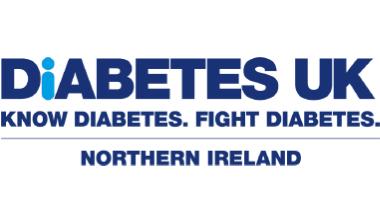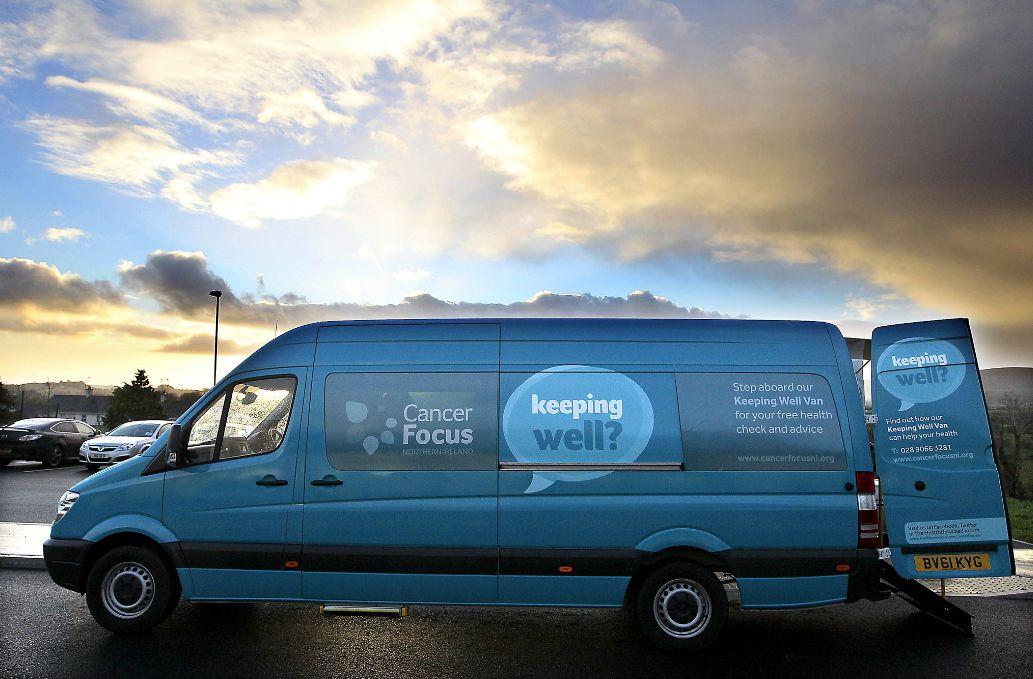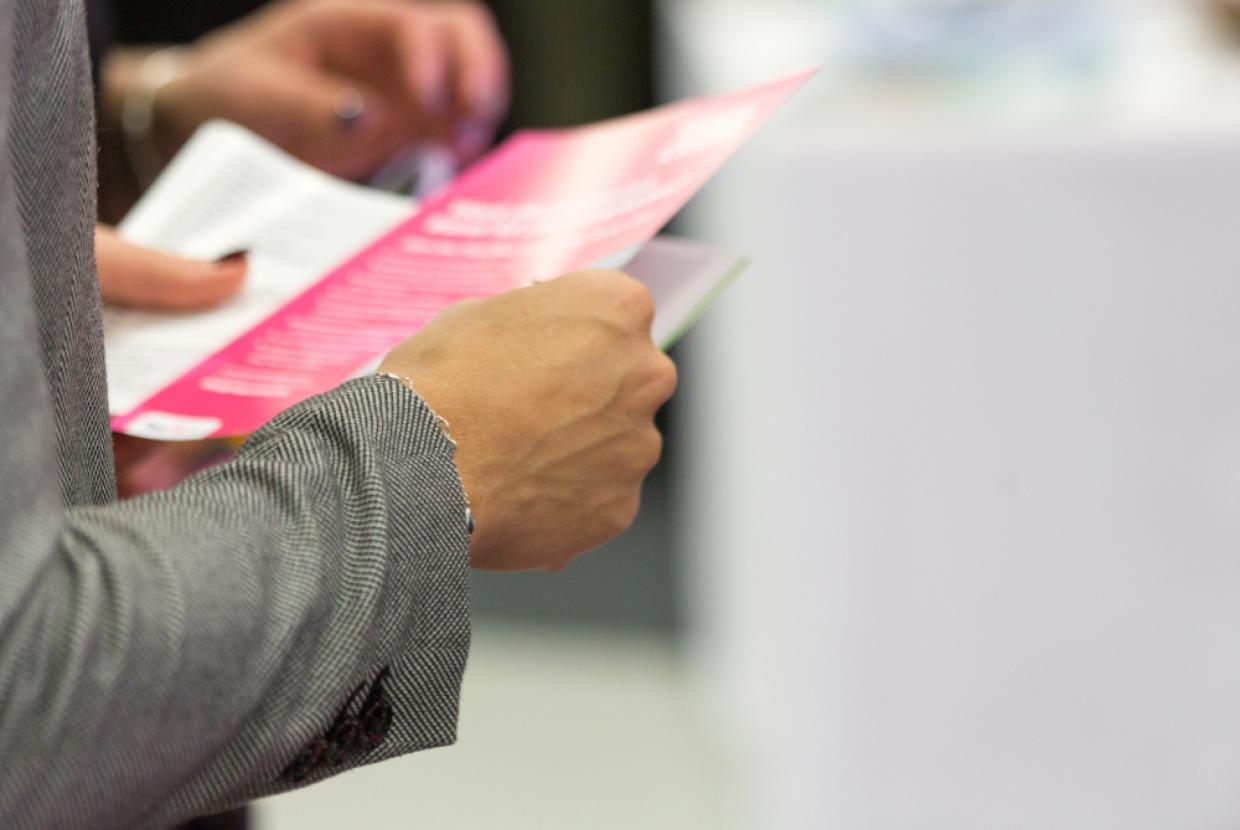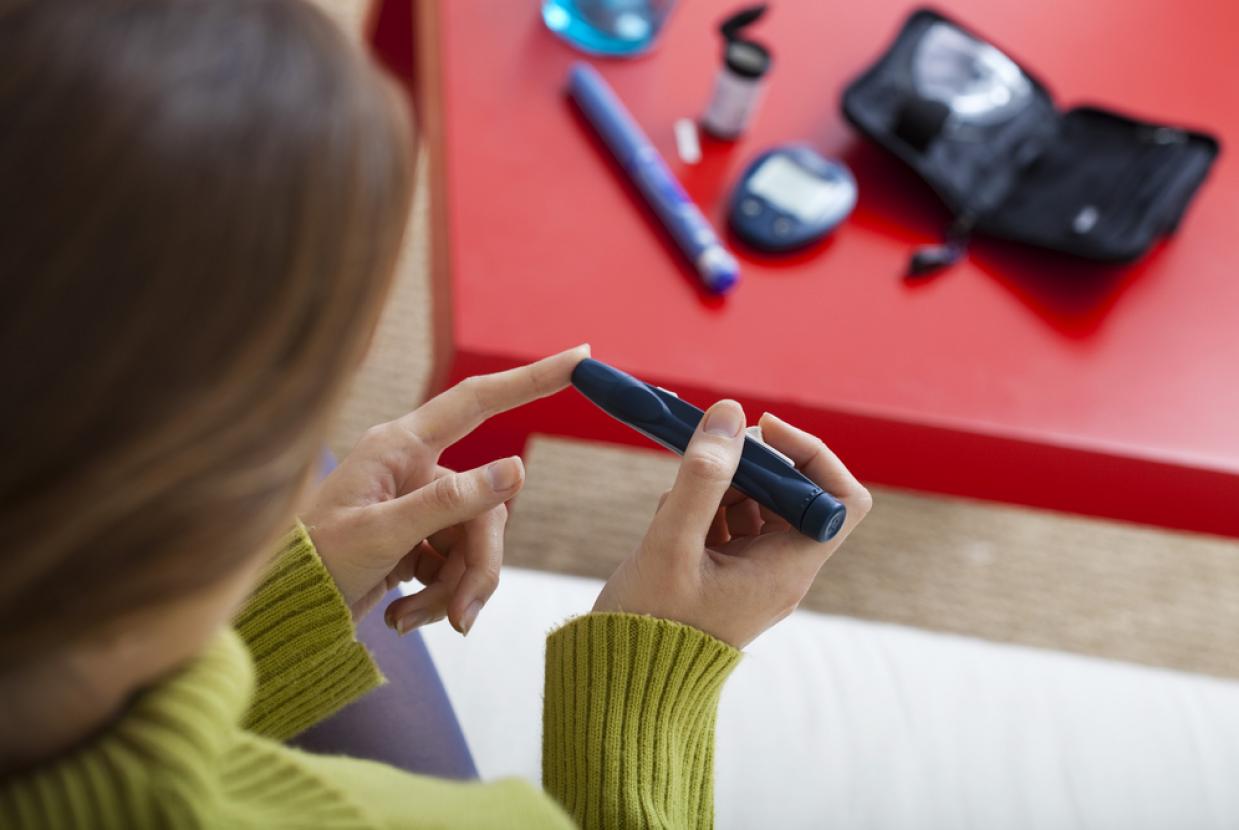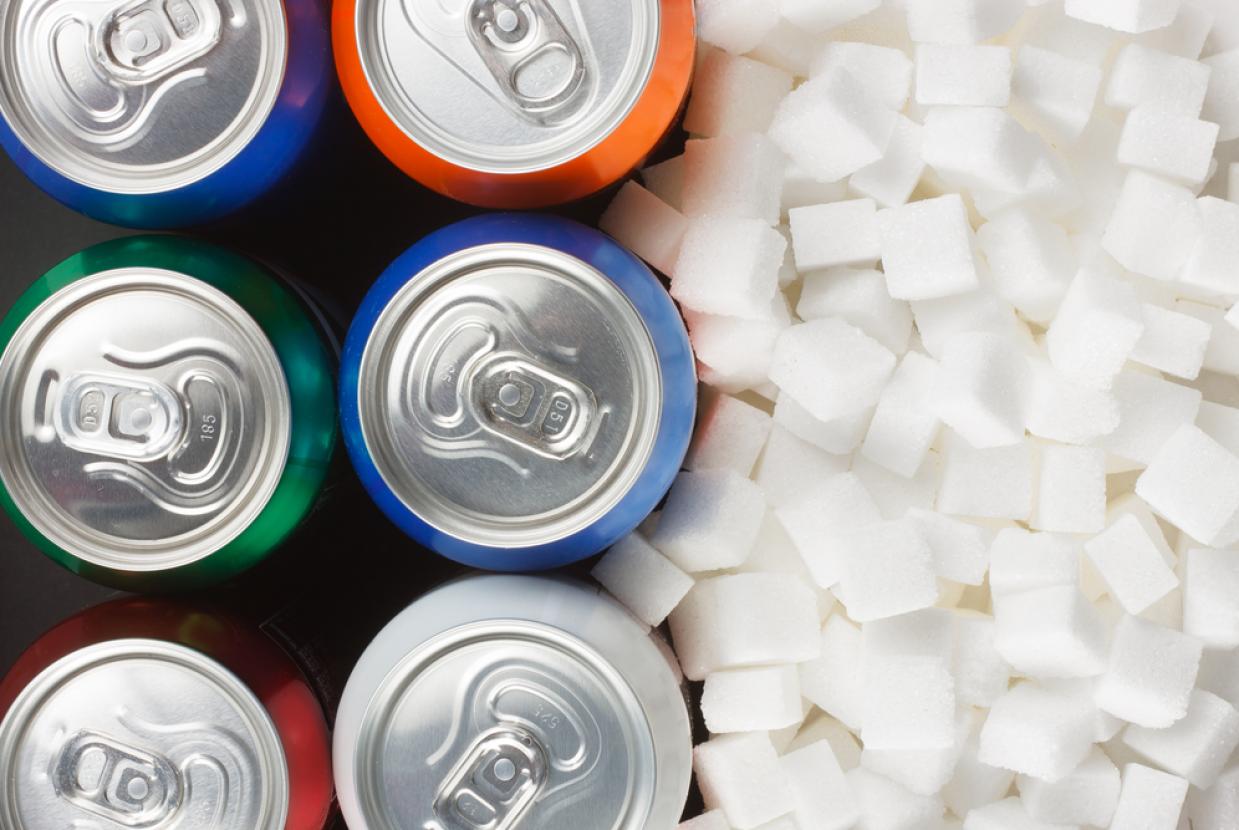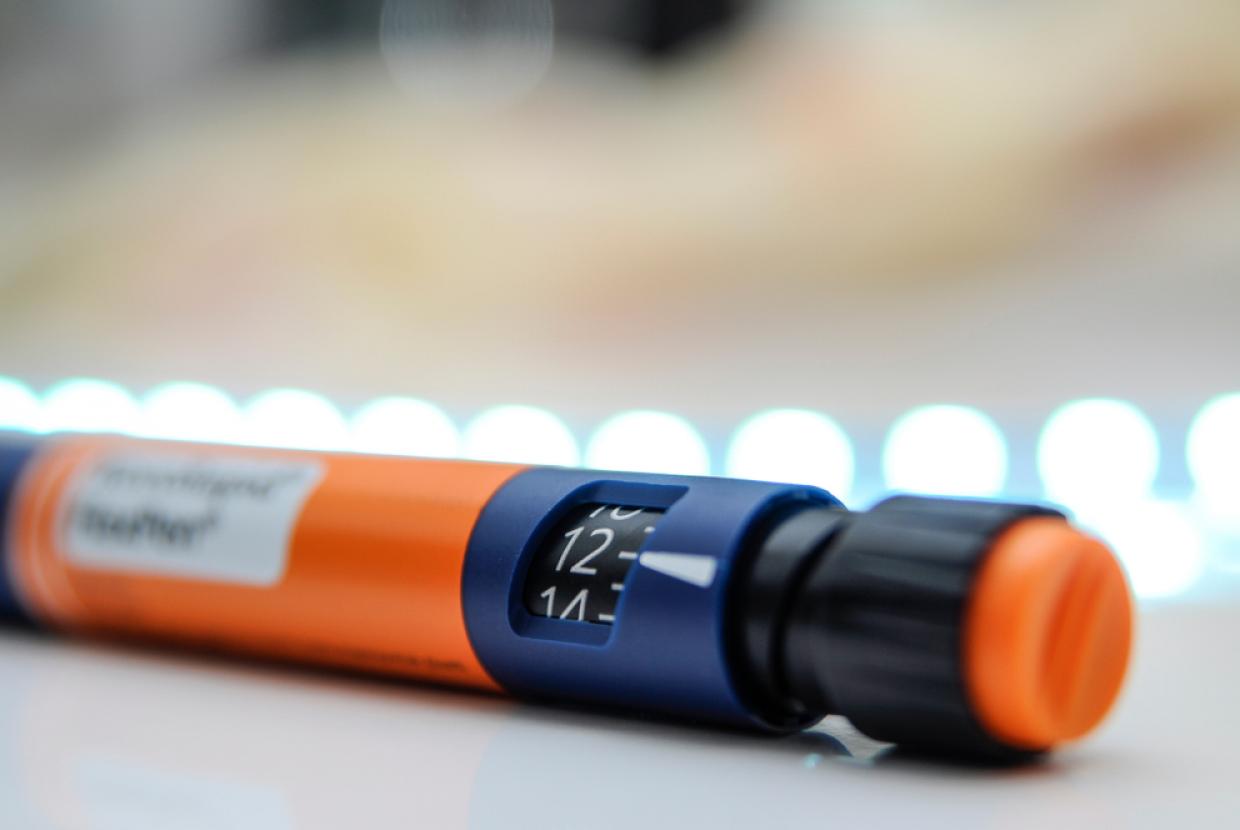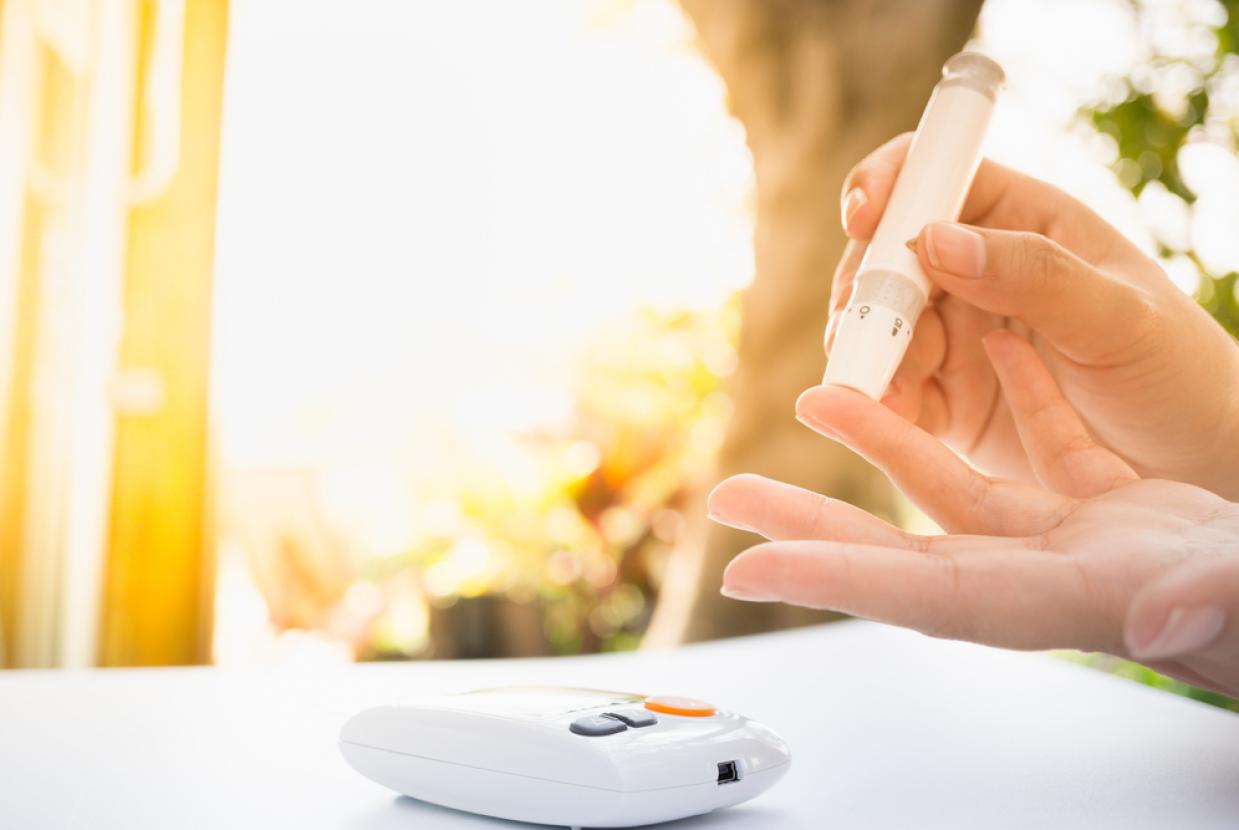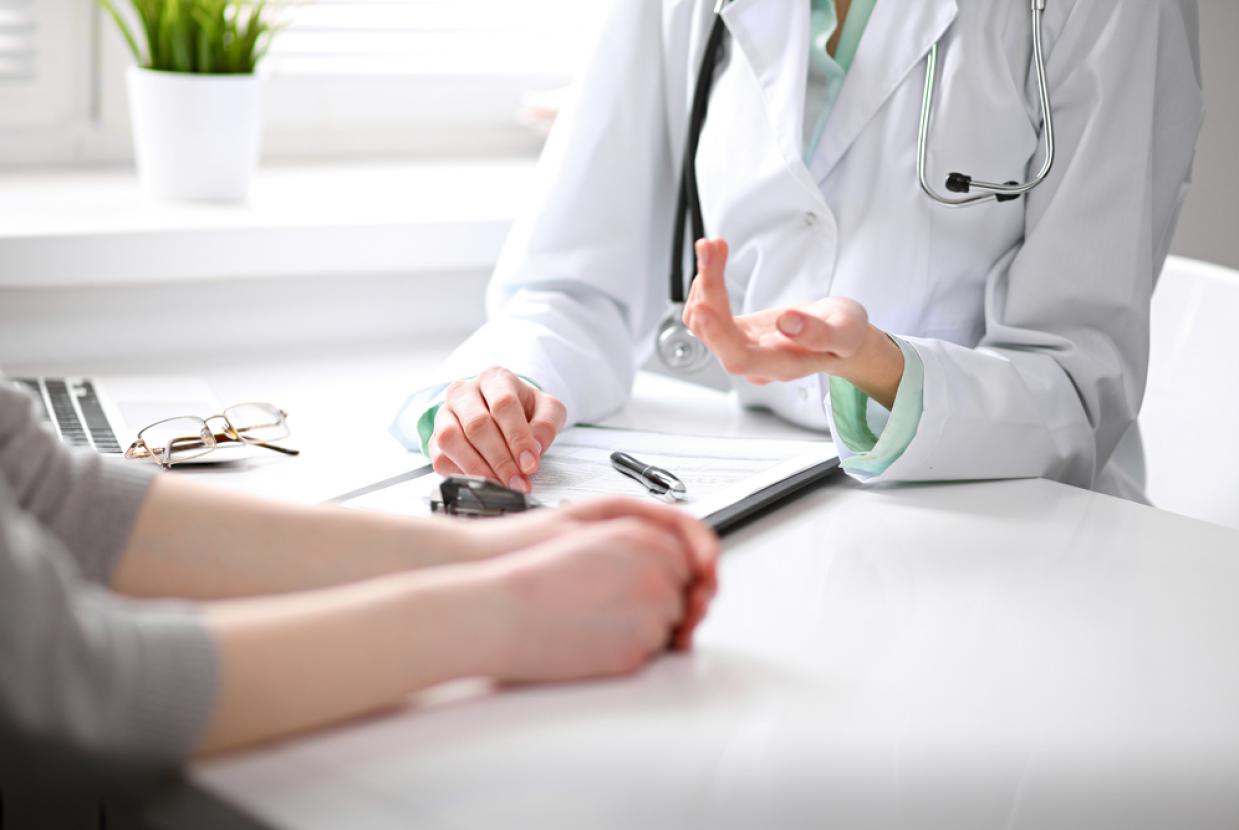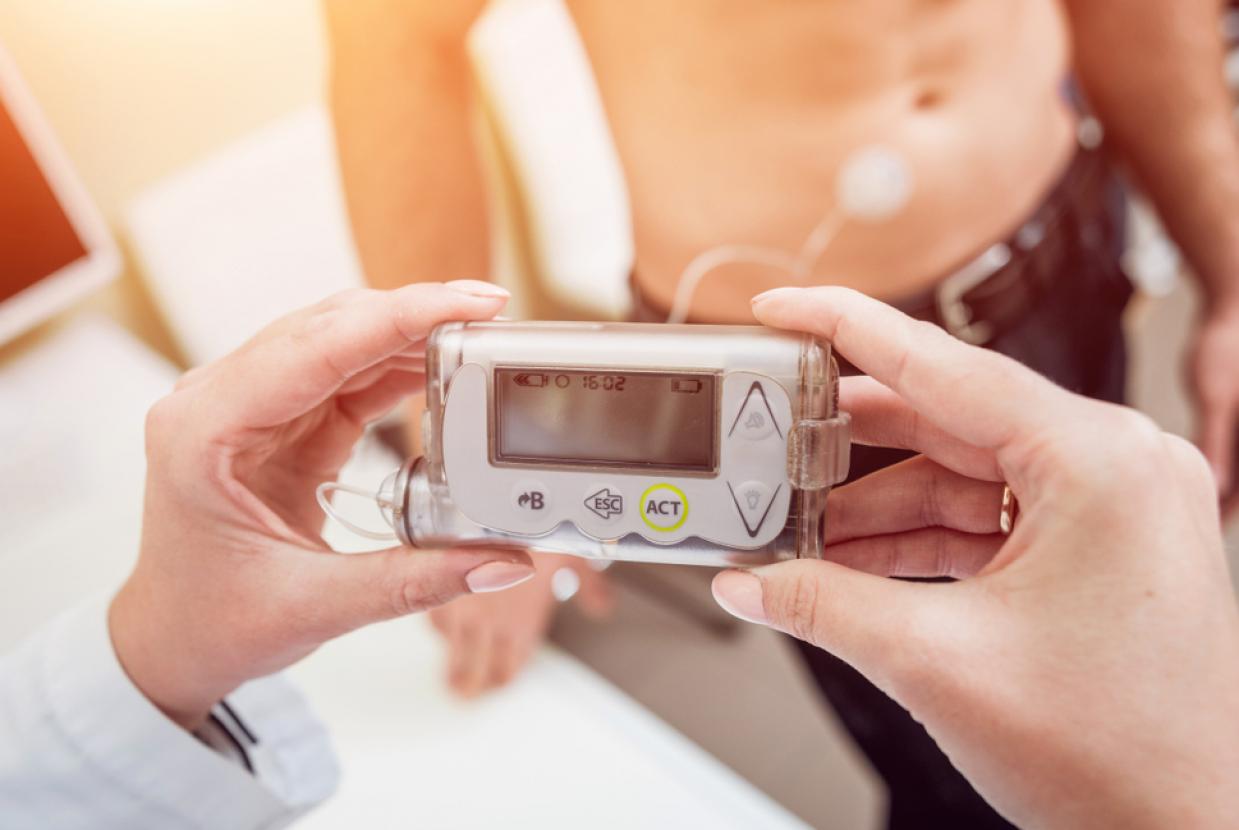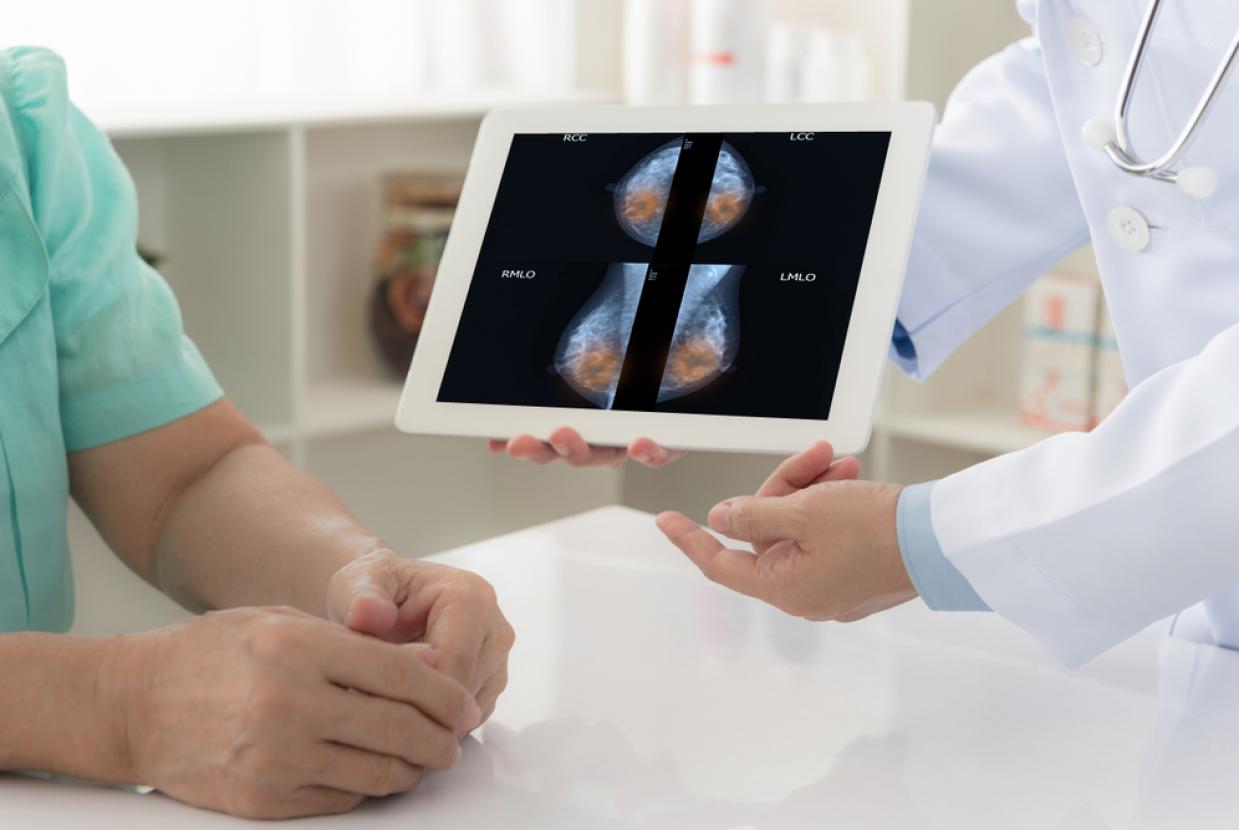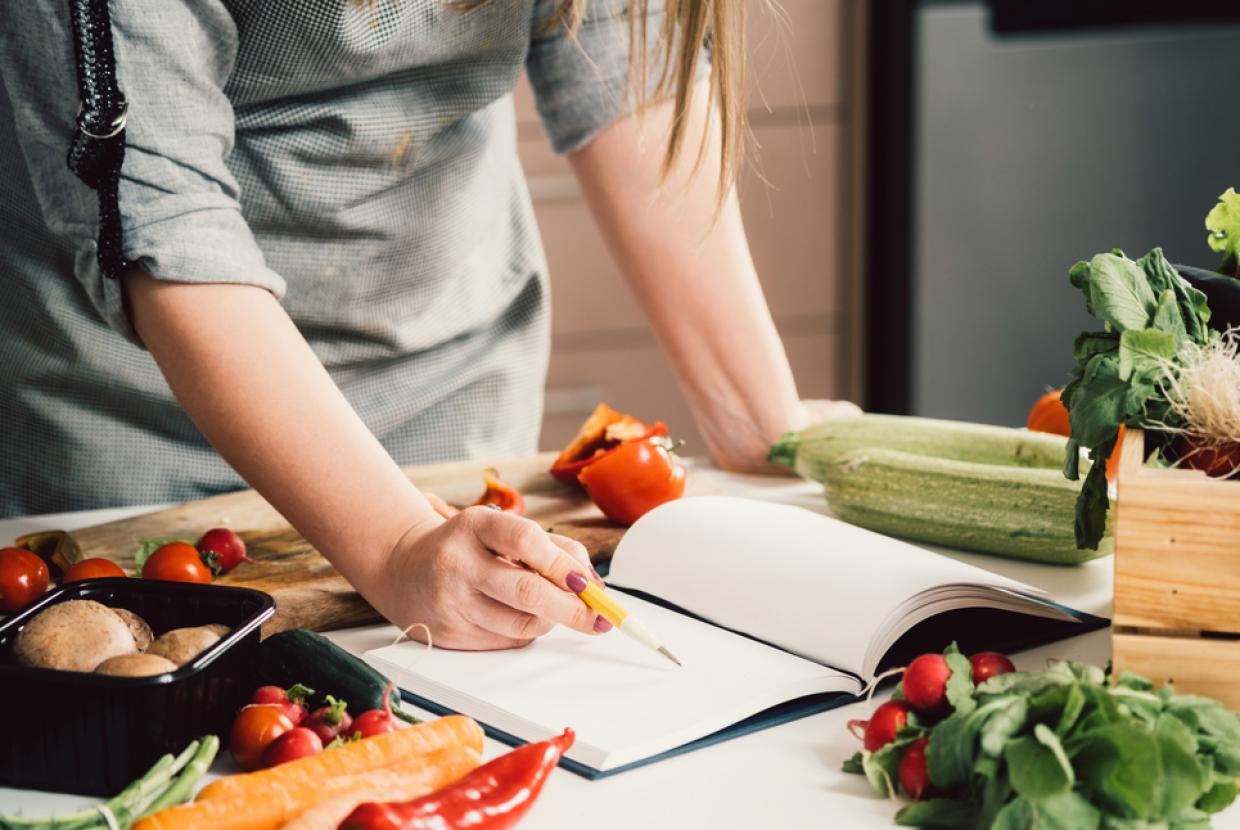What Does It Mean If I'm At Risk Of Diabetes?
DiabetesYou may have just found out that you’re at risk of type 2 diabetes after using our Know Your Risk tool or after seeing your GP or nurse for a blood test or an NHS Health Check.
Or you may just think you’re at risk because you have some of the risk factors, but you’re not too sure what it actually means for you. This can all be pretty confusing, so we’re here to give you all the facts about understanding your risk of type 2 diabetes.
Using our Know Your Risk tool
If you don’t know if you’re at risk of developing type 2 diabetes, you can find out using our Know Your Risk tool. This is an important first step – it’s good to understand your risk, so you can make changes to take action.
There are four different levels of being at risk of type 2 diabetes. These are:
- High
- Moderate
- Increased
- Low
The higher the risk level, the more likely it is that you’ll develop type 2 diabetes in the next 10 years. Understanding all the things that could increase your level of risk can help you prevent or delay it – these are called risk factors. So let’s explain what each level of risk means.
High risk
One out of four people with high risk will get type 2 diabetes in the next 10 years. If you are from a South Asian (Indian, Pakistani or Bangladeshi), Black African or African Caribbean background you are 2-4 times more likely to develop diabetes.
If you find out you’re at a high risk of developing type 2 diabetes, then it is important to take action now. You could have it without knowing, so it’s essential that you make an appointment at your GP surgery to have a quick blood test.
The good news is that research has consistently shown that for some people, combined lifestyle interventions - including diet, physical activity and sustained weight loss - can be effective in reducing the risk of type 2 diabetes by about 50%. So finding out your risk is the first important step. If you use our online the Know Your Risk tool score and receive a moderate or high risk score, you can directly sign refer yourself onto Healthier You: NHS Diabetes Prevention Programme, for England.
Moderate risk
One out of 10 people with moderate risk will get type 2 diabetes in the next 10 years.
If you have a moderate risk, you need to visit your GP as soon as possible – you may need a blood test to check for diabetes. You need to talk about your risk with your doctor and plan what action you’re going to take. You can’t change some things, but making healthier lifestyle choices could help to reduce your risk.
Increased risk
12.3 million people are at an increased risk of type 2 diabetes in the UK. One in 35 people with increased risk will get type 2 diabetes in the next 10 years.
If you’re at increased risk, look at where you’re scoring points. Could you reduce your weight or waist size? Making some small changes now could make a big difference to your health in the future, such as making healthy food choices and doing more physical activity.
Low risk
One in 100 people with low risk will get type 2 diabetes in the next 10 years.
If your score is low, it means you have a low risk of getting diabetes. This is great, but keep an eye on any changes that could increase your risk in future. It’s important to maintain a healthy lifestyle to make sure your risk stays low. Our risk of type 2 diabetes increases as we get older, but making healthier choices and maintaining a healthy weight are the best things you can do for your health.
Getting a blood test
You may have already had a blood test or you may be due to have one soon. If you are moderate to high risk it is a good idea to have a blood test.
There are different types of blood tests but they all do the same thing – they help your GP find out your blood sugar levels.
Prepare for your appointment so you make the most of it. Have a think about any questions you may have or about anything that’s worrying you. It’s worth noting things down to help you remember things on the day. It can take up to a week to get your blood test results.
Your blood test results
Ask your doctor to explain your results to you. The results can show one of three things:
- you have type 2 diabetes
- your blood sugar levels are higher than normal, sometimes called prediabetes.
- your blood sugar levels are normal.
If you have type 2 diabetes
If you feel stressed or worried and want to speak to someone after receiving a diagnosis you can call our on 0345 123 2399. We can offer support and information for those with diabetes, people at risk, and their friends and family.
It is good to know that you have diabetes, so that you can take steps to look after your health and prevent some of the devastating complications that can occur.
If your blood sugar levels are higher than normal
This means that you’re at high risk of developing type 2 diabetes in the future. Lots of other different terms are used to explain having higher than normal blood sugar levels, including:
- prediabetes
- borderline diabetes
- non-diabetic hyperglycemia
- Impaired Fasting Glucose (IFG)
- Impaired Glucose Tolerance (IGT)
- Impaired Glucose Regulation (IGR).
They all mean the same thing. You don’t have type 2 diabetes at the moment, but you do need to act now to try and prevent it. Your doctor can offer you support to help you reduce your risk.
You should have an HbA1c check (a blood test) at least once a year, to keep checking your blood sugar levels. You’ll also have the chance to discuss how you’re getting on with any changes you’ve been making.
If your blood test results are normal
This doesn’t mean you’re not at risk – you may still have some of the risk factors for type 2 diabetes. It’s important to check your risk at a later date, especially if something changes that could increase your risk. Your doctor may also ask you to come back for another blood test in the future.
How to reduce your risk of type 2 diabetes
Now that you’ve found out your risk, you can take action to protect your health. Many people can delay or prevent a diagnosis by:
- eating well
- move more
- losing weight (if you’re carrying extra weight)
Speak to your doctor and get their advice. We can support you every step of the way – whether that’s through the information we provide, or by calling our Helpline. We’re here to help.
Keep checking your risk
It’s important to keep checking your risk regularly, especially if anything changes, like if you’ve put on weight or feel unwell (look out for any of the symptoms of diabetes, too). You can check your risk again by using the Know Your Risk tool or by going to your GP. If you’re not sure how often to check your risk of type 2 diabetes, ask your doctor.


